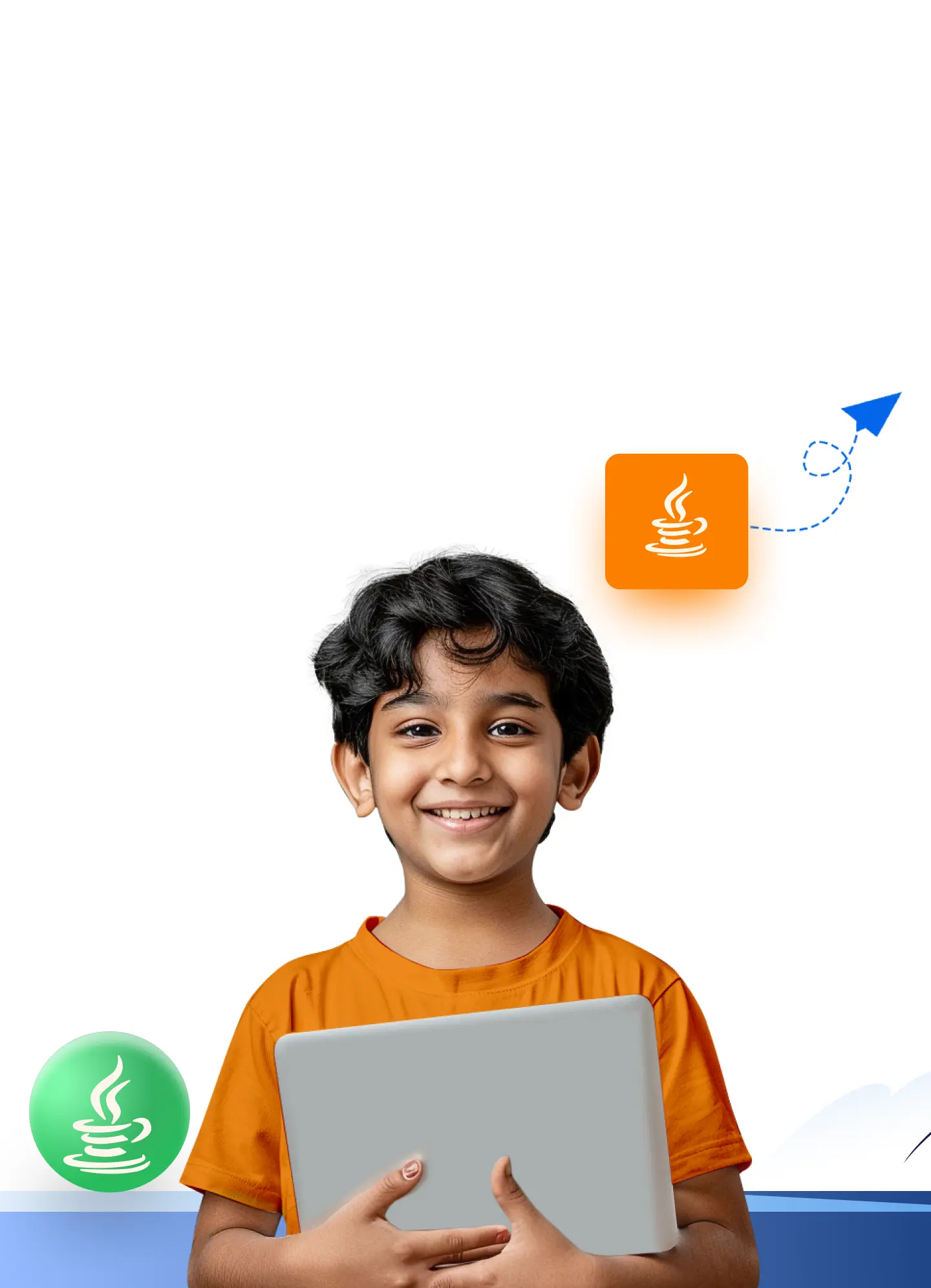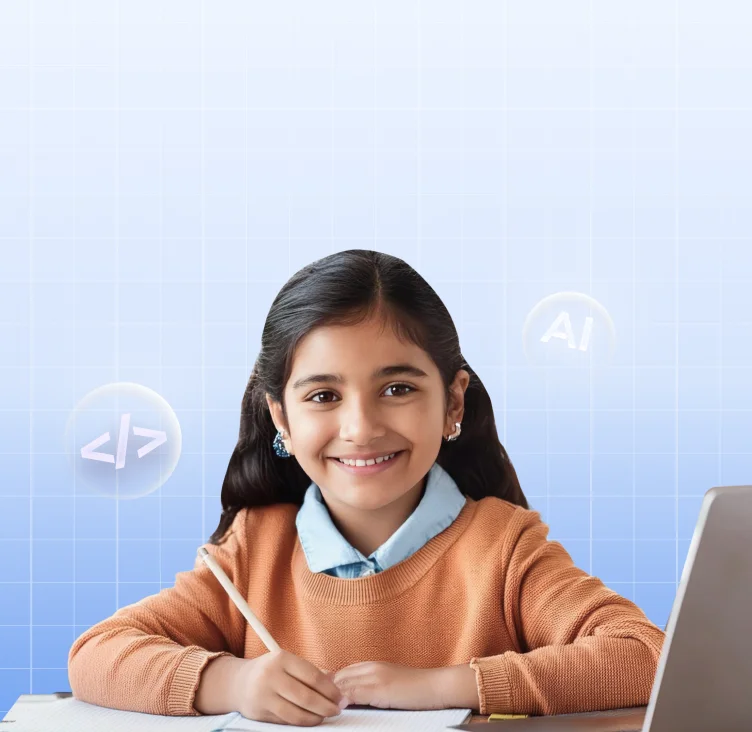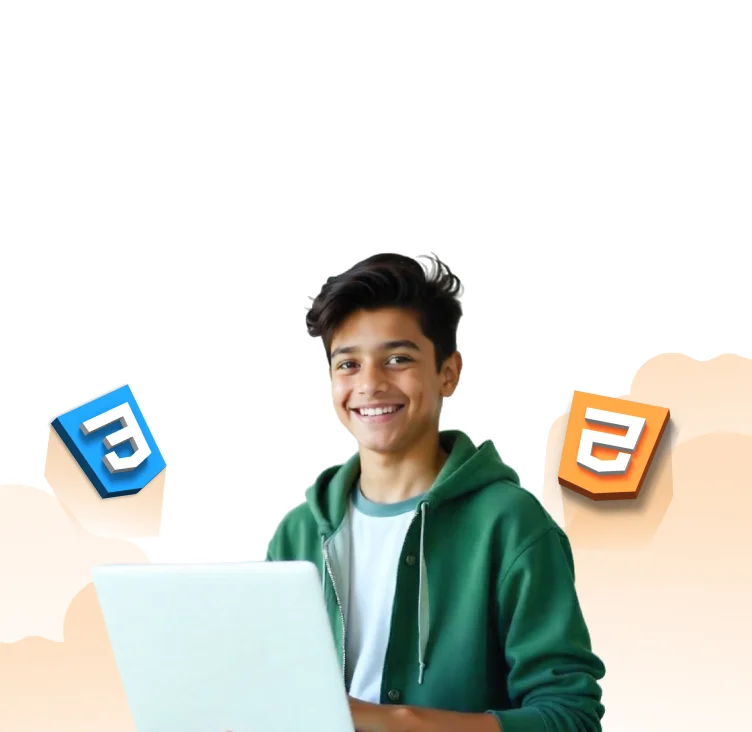How to Teach Coding to Kids – Step by Step Guide
By Srinithi SankarTeaching coding to kids can seem like a daunting task for parents across the world. Still, numerous parents are pretty enticed by the idea of providing their kids with an extra edge in growth and academics. Moreover, as the present and future become increasingly attached to technological advancements, more parents wish to get their kids ready for a secure future with essential coding skills.
Now, the key question that is popping into parents’ minds is how to teach coding to kids especially if they’re not coding experts themselves. Even if they have a computer science or programming background, it’s hard to wrap their minds around the idea of exposing their kids to the complexities and mental exercise that coding presents.
Don’t worry! If you’re reading this, you’re covered. In this guide, parents will learn about age-appropriate strategies, resources, tools, and step-by-step processes to teach coding to kids in a fun, non-stressful, and interactive fashion.
How to Teach Coding to Kids Effectively
To teach coding to kids, you need to break it down into easy and digestible information that kids can understand and relate to. The child needs to be interested in the concept of coding and intrigued by its applications.
Afterwards, you can easily teach coding through various online resources, activities, games, classes, camps, etc. Remember, coding is about developing logical thinking, problem-solving skills, and creativity.
Following are the major steps that you must follow to teach coding to kids:
1. Break Down the Concept of Coding
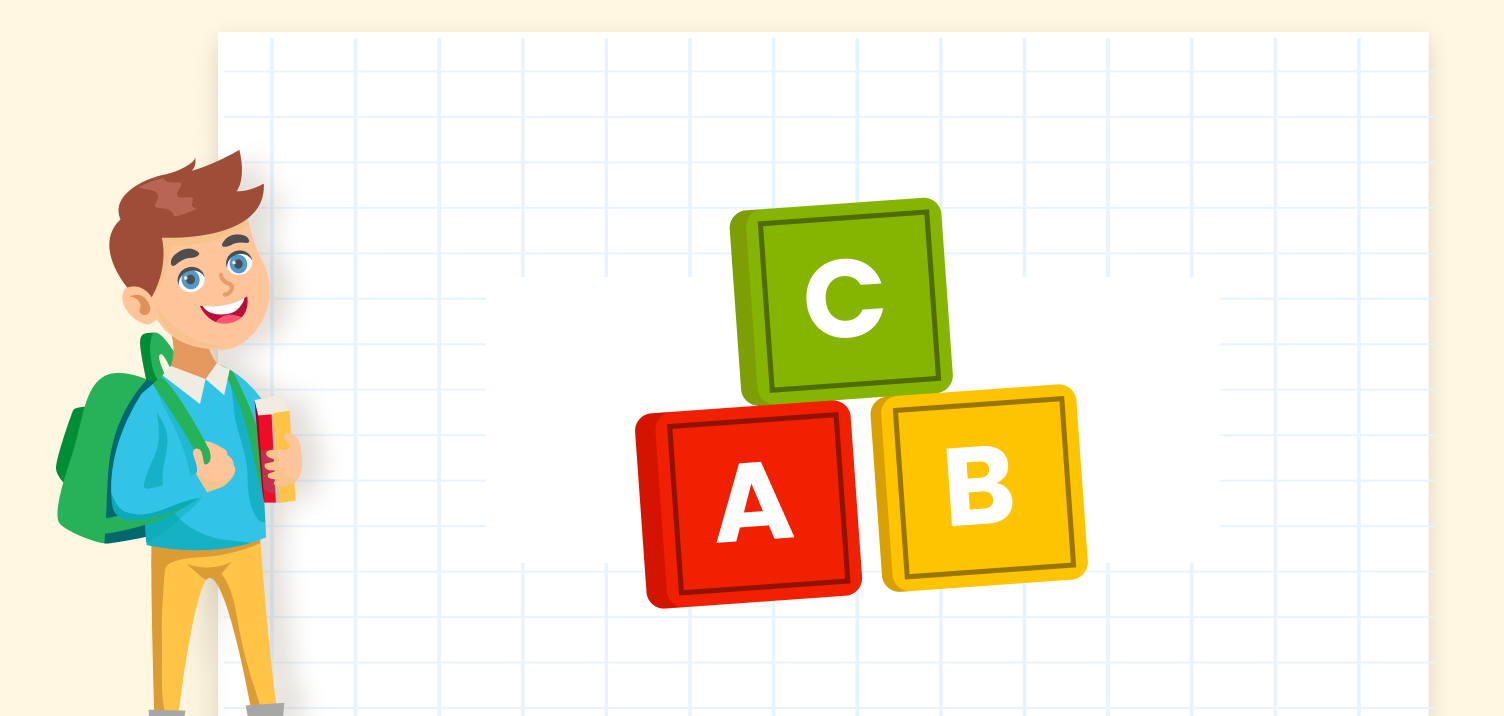
To start teaching coding to kids, it’s essential to translate the concepts and explain them in a way they can understand. You have to explain coding in simpler words. For example, you have to make the kids understand that coding is used to communicate with, talk to, or give commands to the computer, which makes it perform tasks and actions. Make the explanation process slow and simple.
Just like humans talk in various languages to various people, coding is the language to speak with computers. It’s like creating a step-by-step recipe for a computer to follow. We give lines of codes or commands to the computer in a flow to get the desired output. Once kids have a clear understanding of the concept of coding, it becomes easier to start teaching them the basics.
2. Spark Their Interest in Coding
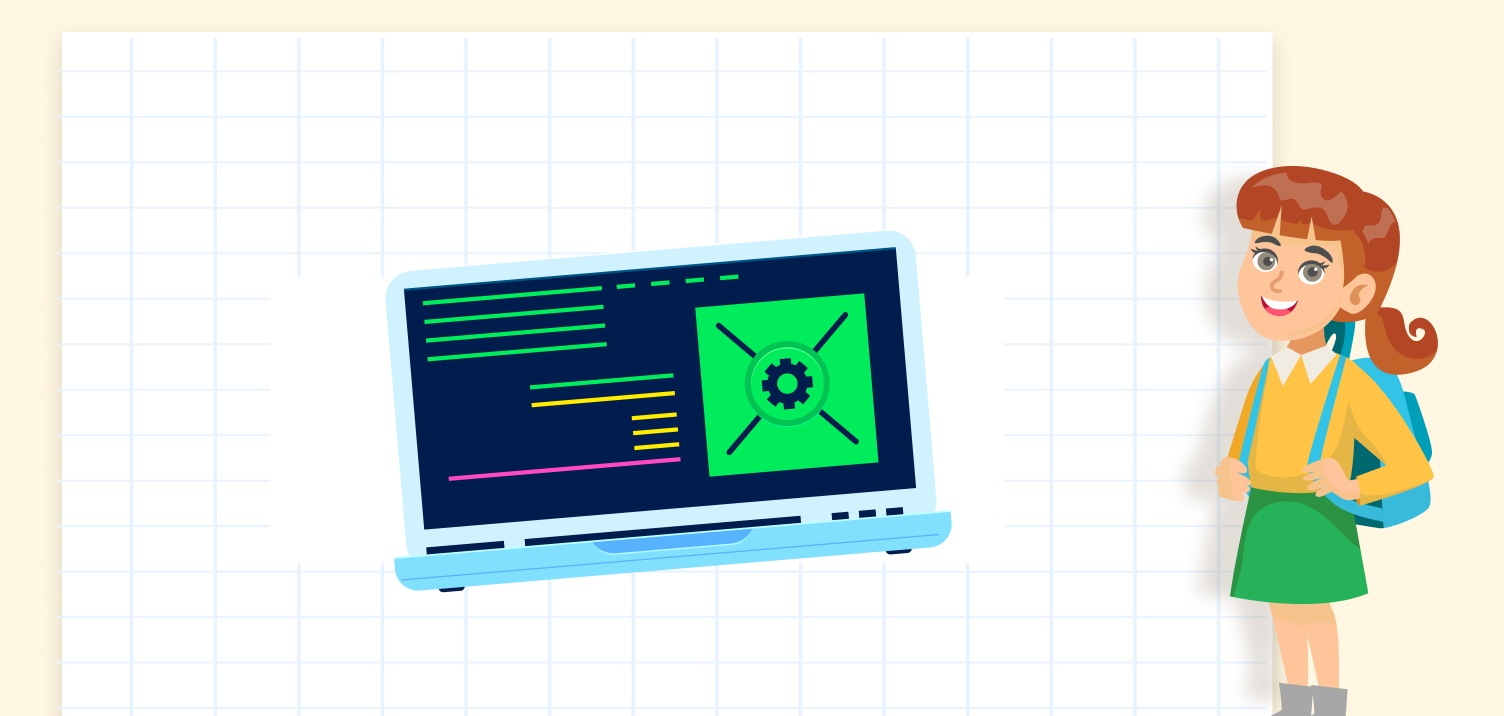
Children learn best when they are interested in the subject. Connecting coding with activities or objects that intrigue or engage them is the best way to get them ready to learn coding. If your kid loves video games or mobile games, help them understand that they are created using coding.
In fact, use their innate curiosity to explain to them that they too can create their own games, create the characters, storylines, and actions by learning to code. If they love music or art, make your kids see how software and applications are built through coding that allow people to see, explore, and create music or art.
The point is to make kids see how interesting and useful coding is. When they’re willing to learn and explore coding on their own, only then you can truly start teaching coding to kids. If kids start associating coding with their favorite source of entertainment and interests, they will be more open to putting in the effort to learn coding.
Know More: Reasons Why Coding Is Important For Kids
3. Start from Scratch, really!
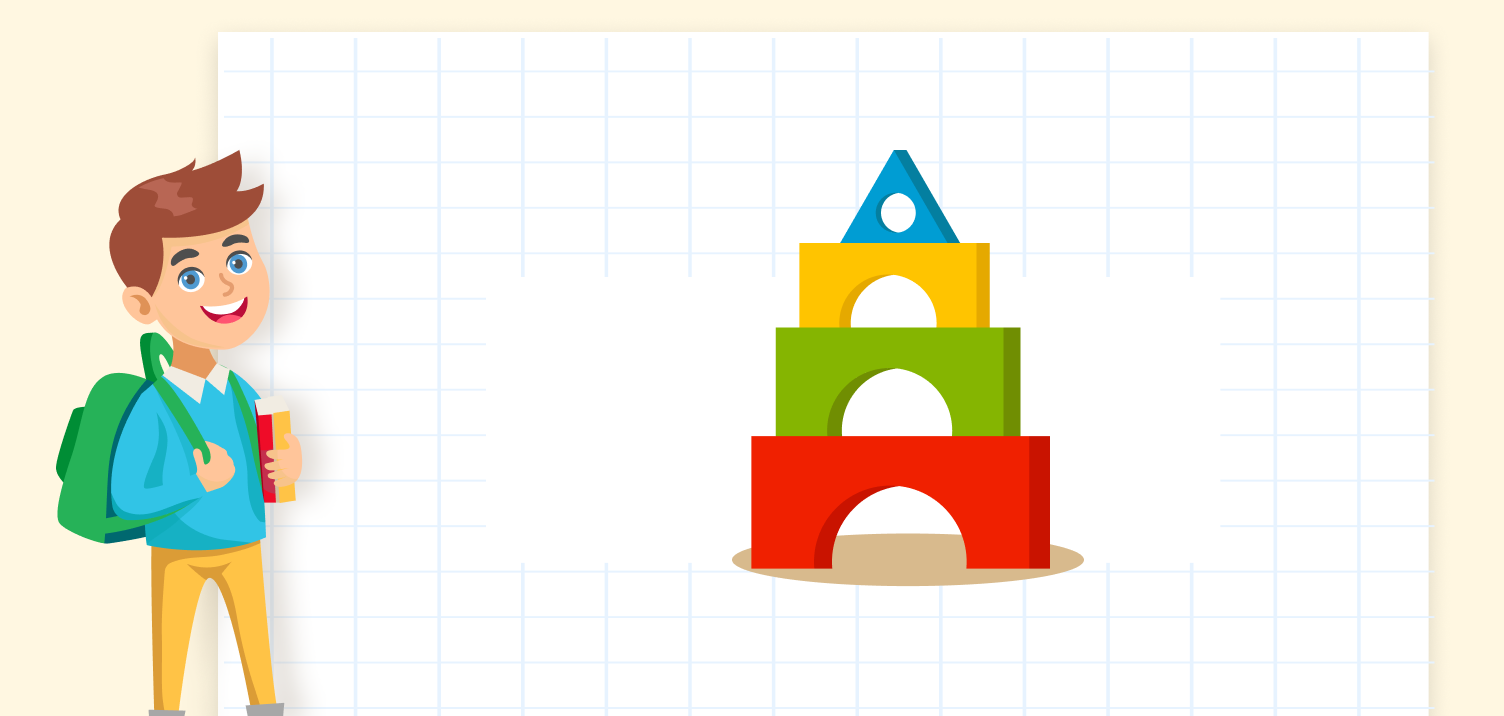
Coding isn’t really different from picking up a new language. So, one has to start by developing a few basics and fundamental knowledge of coding. Since kids have a very short attention span, they get bored easily if they don’t find the activity engaging or interesting.
Thus, a visual, block based coding language called Scratch is the perfect solution for you. Scratch is a programming language designed by MIT that allows kids to build interactive stories, games, and animations on their own by dragging and dropping blocks of code. They can also share their creations with the big scratch community of student juvenile coders.
Since the codes are designed to work only when the two blocks fit logically and syntactically, there won’t be errors, and kids can code easily. Scratch provides a very fun and effective way for kids to grasp the basic concepts of coding. It has a very colorful, kid friendly environment that instantly engages and encourages kids to master coding in a game-like environment.
4. Encourage Hands-On Learning
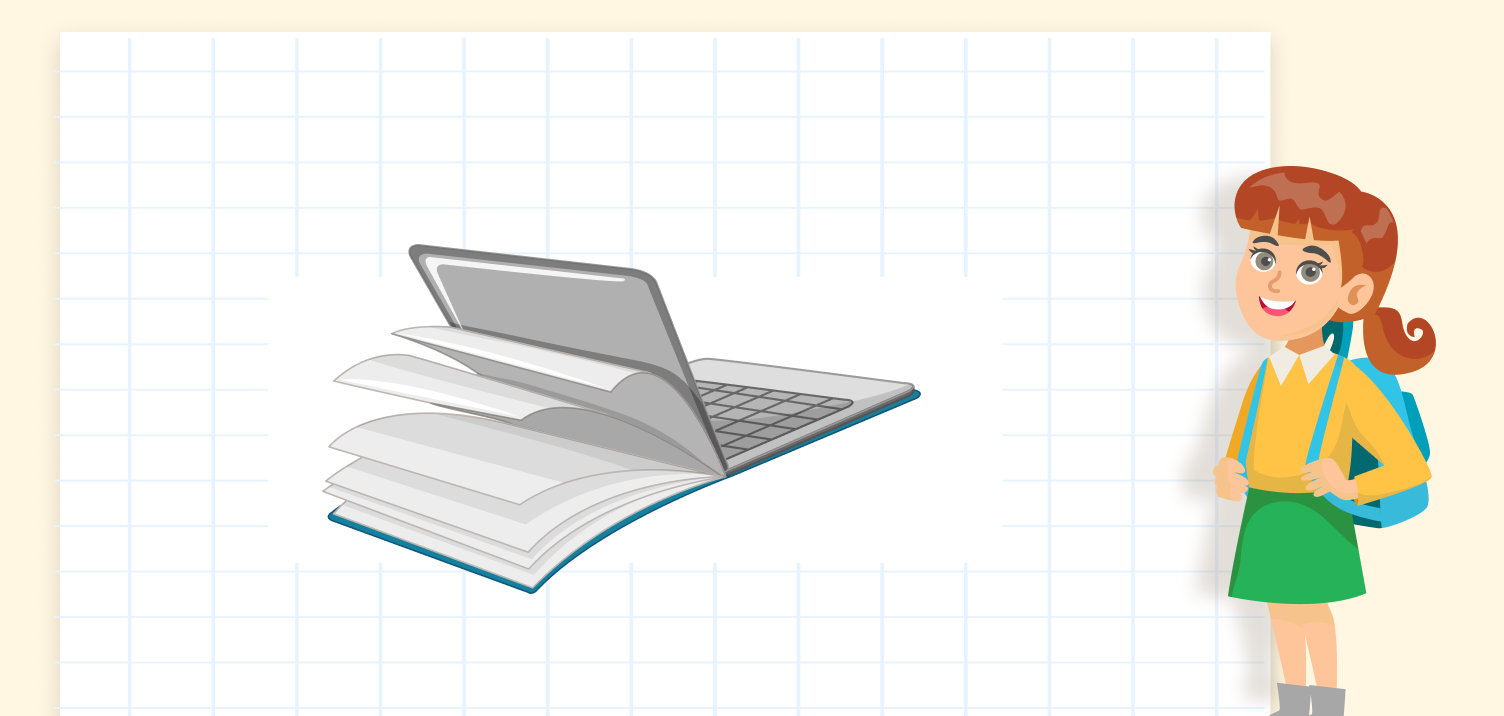
Once the kids get the hang of coding, parents must ensure they are practicing the skill regularly. Kids can also be nurtured for coding through various games and activities that involve critical thinking and creativity. This will allow kids to boost the skills required for coding while having loads of fun.
As parents, encourage self paced learning and guide them to write their own code. They should be open to experimenting with different sets of instructions and logic, no matter how small the task is.
The learning arc improves when we give them the freedom to explore and create their own games, pages, or animations. This hands-on experience is necessary to build confidence and understanding of the effects of their code, while remaining completely fun.
Also Read: Coding for Teenagers: Ignite Your Future with Code!
5. Progress to More Advanced Languages
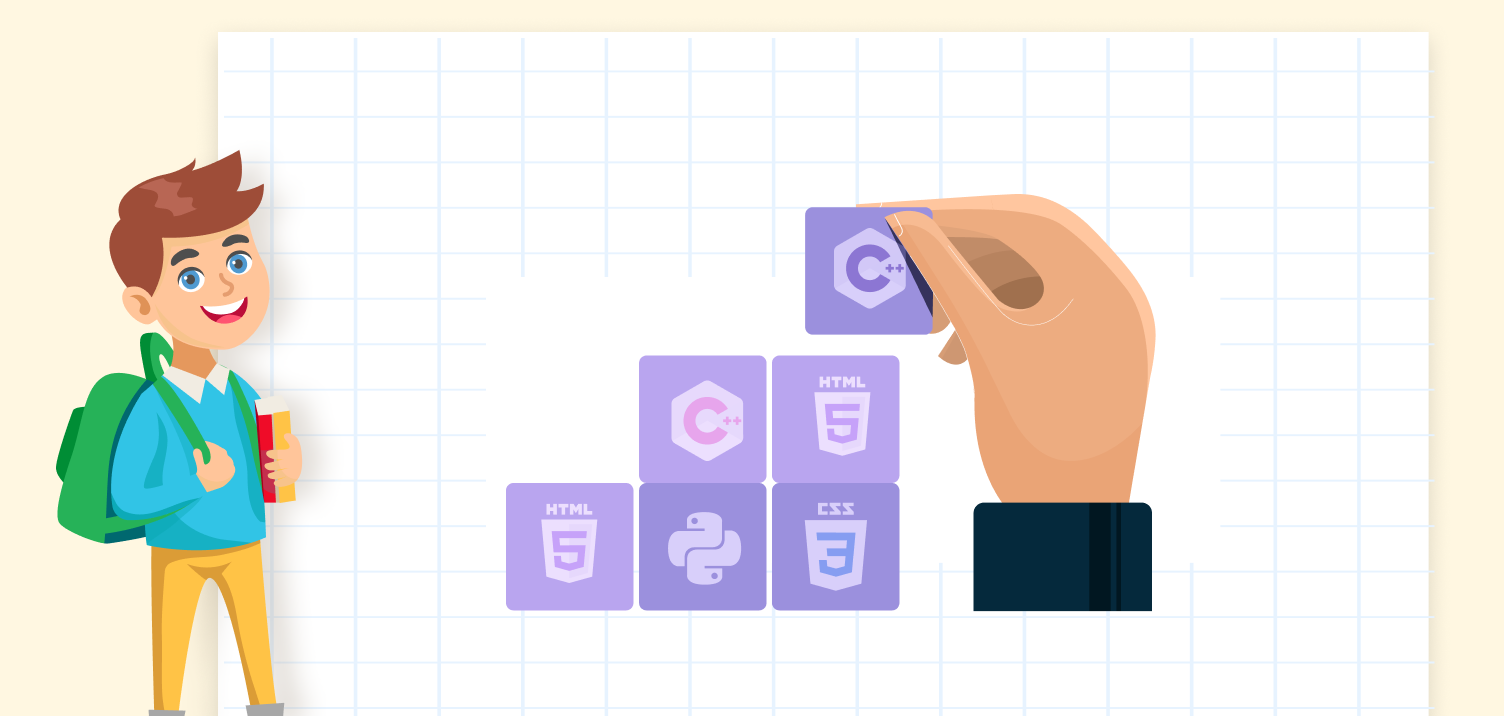
Knowing when to progress is an essential part of learning programming. Once the kid has a good understanding of Scratch or any other kid-friendly coding language, you can start teaching them more advanced or mainstream programming languages based on their particular interests.
If your kid loves gaming, get them started with Java. Kids can easily create minigames in Javascript and learn to design web pages as well. Python is a great programming language to learn if your kid shows interest in AR/VR, robotics, or remote controlled toys.
You can start by teaching Python, Java, or JavaScript. They are beginner friendly and widely used in the tech industry. Learning these languages will be a major step towards equipping them with the most in-demand skills for the future.
6. Find a Good Mentor or Specialized Coding Guidance for Kids
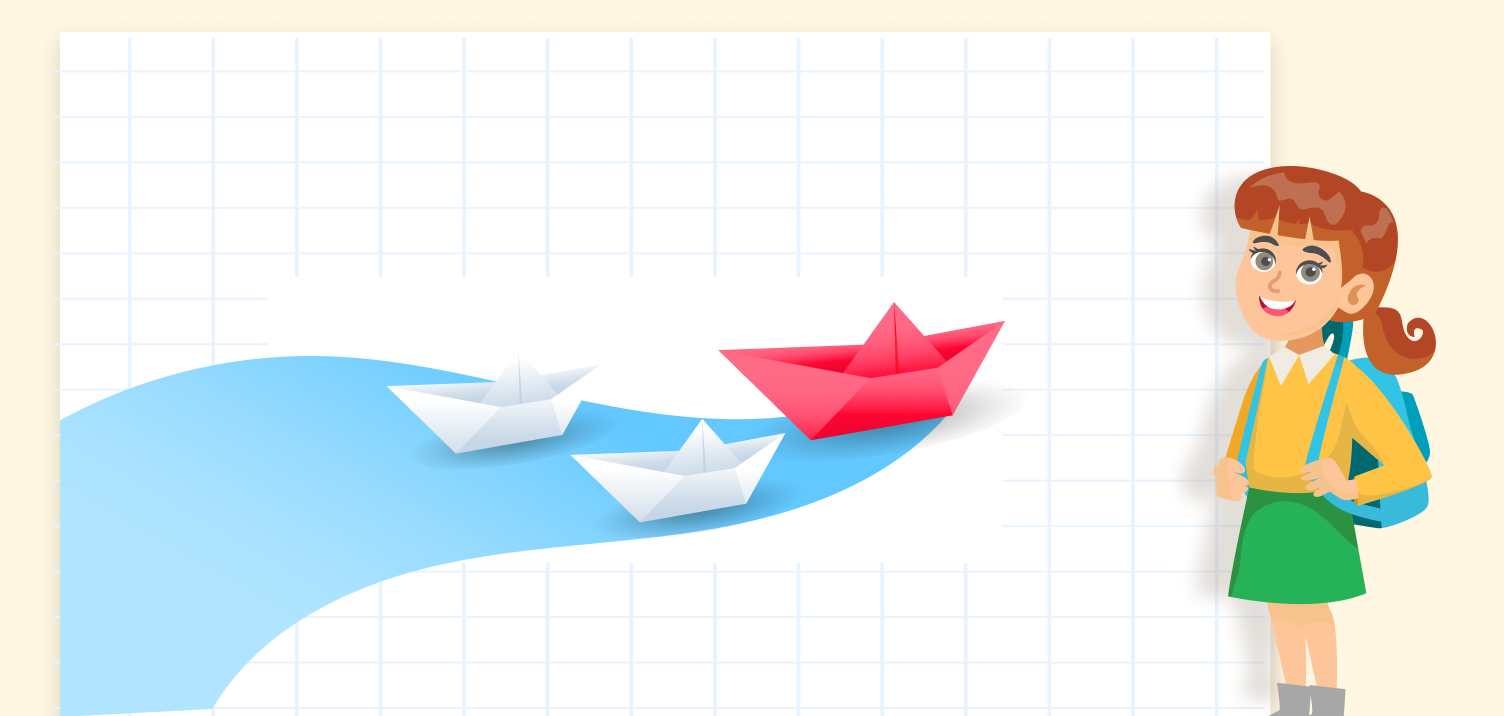
Coding heavily relies on solving problems and overcoming challenges. If you have a coding background, then it’s still easier to guide your kids through the logic building and problem solving process when your child encounters a bug or a roadblock. What to do when you’re not a coder yourself?
Well, here comes the role of an expert educator or a specialized coding class designed for kids. To teach your kids coding, the easiest and most fruitful way is to find a good coding teacher or classes that provide age appropriate coding lessons in a fun and engaging way. As the new education policy stresses on making coding education mandatory for kids, parents can easily find good coding camps and workshops that teach coding to kids of all ages.
There are many online coding and ed-tech platforms like HackerKID that provide coding classes for K-12 kids. They provide courses in various programming languages and advance the lessons as per the age of the kids. The coding instructors are also well trained and skilled at interacting with and teaching kids at their level of understanding.
7. Make Use of Coding Apps, Games and Platforms for Kids
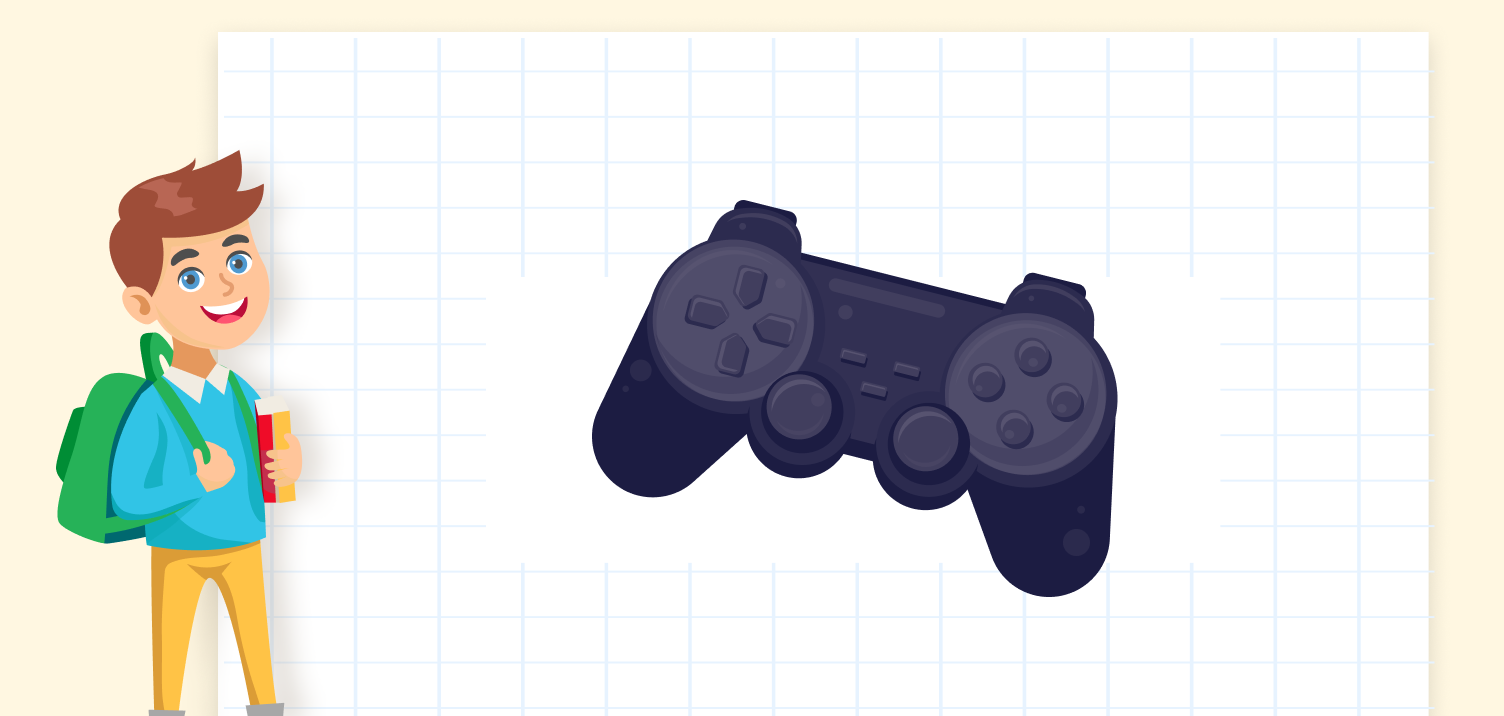
There are many online resources that can help make teaching coding to children simpler and more efficient. You can refer to multiple online coding courses, tutorials, games, and apps designed specially to help kids master the fundamentals of coding.
You can use many coding apps for kids, like HackerKID, CodeSpark, Code Karts, Daisy the Dinosaur, Block Island, which have a simple drag and drop interface and engaging graphics. They allow kids to learn the basics of coding, like the syntax of codes, loops, objects, etc. Blockly Games and code with Google are phenomenal platforms to strengthen your kids journey in coding.
Such resources effectively provide a structured learning path for children with their interactive interface, eye catching colour palette, and fun animations. Although, one must ensure that the contents of the resources are age appropriate and in-line with your child’s interests. Surely, overwhelming the child with out of context and advanced knowledge has to be avoided during the journey to teach coding to kids.
Ready to Test Your Tech Knowledge?
Skip boring quizzes and explore Buzzer, the ultimate MCQ game for kids passionate about computer science and technology! Pick a topic, hit the buzzer, and challenge yourself with exciting gamified questions. Think fast, answer smart, and climb the leaderboard! Play Buzzer now!
Final Words
As parents, you can secure your child’s future by empowering them with essential coding skills. Now that you know how to teach coding to your kids, you have to understand that the aim is not to force the skill on them or create a programming prodigy out of them.
Coding for kids will be a monumental step in improving their cognitive and logical growth. Kids learn to be more creative, curious, think critically, and solve problems more effectively. The key is to pique their interest, relate their favorite things to coding, and allow them to learn at their own pace through age-appropriate and visual teaching.
Want to give your child a head start in coding? With HackerKid, they’ll follow a well-structured path built by experts, engage in fun, hands-on learning, and build real projects along the way. No confusion, no aimless browsing, just the right guidance at the right time.
Fill out the form for a personalized roadmap and start your child’s tech journey today!
Frequently Asked Questions
1. How to teach coding for kids?
One can start teaching coding to kids by helping them understand the concept of coding through easy-to-understand information that kids can digest. Parents can introduce coding as something that helps create their favourite games, apps, etc.
Further, they can take the help of various online resources like games, activities, interactive videos, block-based coding platforms, coding classes, and camps to teach coding to kids.
2. At what age can my child start learning to code?
Children can start learning the basics of coding as early as 4-5 years of age. At this age, various problem-solving and puzzle activities coupled with visual, block-based programming languages like Scratch can be a great way to introduce them to coding.
3. What coding language should my child learn first?
The children can start with Scratch, an excellent first coding language for kids as it is highly visual and allows block-based coding experiences. It allows kids to create their own games, animations, and interactive stories by dragging and dropping blocks of code.
4. How can I make coding fun for my kids?
You can make coding fun for your children by relating it to their interests. If they are into gaming, you can show them how coding helps them create their own games. There are also many coding games and apps that can make learning to code more enjoyable.
5. Why should I teach my child to code?
You must teach coding to kids, as it is a valuable skill that prepares them for future job opportunities, and develops problem-solving skills, logical thinking, and creativity.









